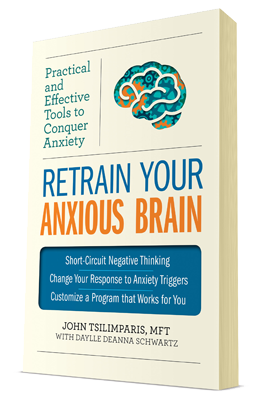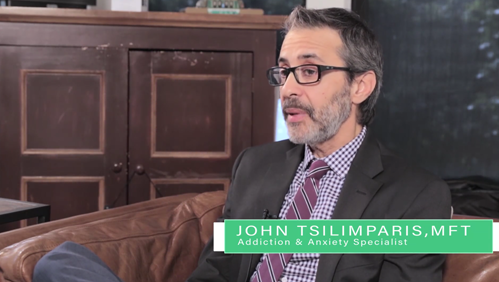What is a panic attack?
The basic feature of a panic attack is an unmistakable period of intense fear and distress that is accompanied by various physical and cognitive symptoms. The physical symptoms have a sudden onset that usually peak rapidly, seizing the body and causing great discomfort. The cognitive symptoms freeze the individual into a paralysis of fear and confusion. The mind is overwhelmed with disturbing thoughts of paranoia, danger, imminent death and most importantly, of going crazy.
Criteria for Panic Attacks according to the DSM IV (Diagnostic and Statistical Manual of Mental Disorders):
- palpitations, pounding heart, or accelerated heart rate
- sweating
- trembling or shaking
- sensations of shortness of breath or smothering
- feeling of choking
- chest pain or discomfort
- nausea or abdominal distress
- feeling dizzy, unsteady, lightheaded or faint
- derealization (feelings of unreality) or depersonalization (feeling detached from oneself)
- fear of losing control or going crazy
- fear of dying
- parasthesias (numbness or tingling sensations)
- chills or hot flashes
What is Agoraphobia?
Agoraphobia, (from the Greek root, “agora” meaning open market-place) is a chief symptom of panic disorder. The essential feature of agoraphobia (according to the DSM IV) is an ongoing anxiety about being in places or situations from which escape might be difficult, or in which help may not be available, or most importantly, situations that may be potentially embarrassing. What typically follows is extreme avoidance behavior around these designated places or situations. Usually, a history of panic attacks precedes symptoms of agoraphobia. Many become housebound. Some get opposite effect and experience claustrophobic symptoms.


